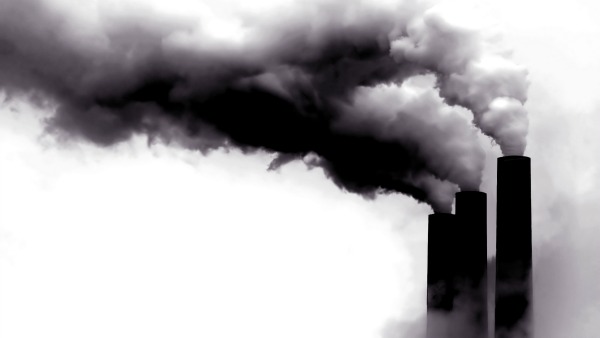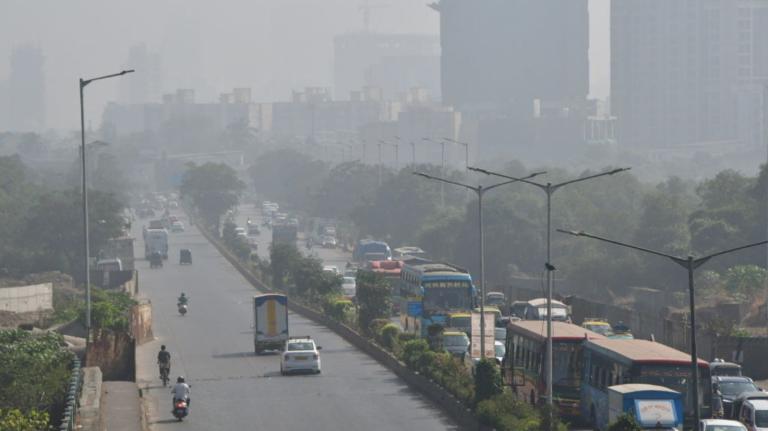People are always lamenting the lack of small-scale, practical legislation that can address climate change without getting mired in polarized culture wars. Problem is, when legislators introduce bills like that, they’re often completely ignored. It’s the sexy, controversial stuff that gets attention.
So, in the name of bucking that trend, let me call out a bill just introduced by California Rep. Scott Peters (D). It’s called the Super Pollutant Emissions Reduction Act, or SUPER Act. It’s not particularly earth-shattering, but it is smart, and well-targeted. Basically, it would create a new federal task force to track, coordinate, and rationalize the various scattered efforts underway to reduce so-called “super pollutants.”
What are super pollutants, you ask? They are greenhouse gases that produce much more warming, molecule-for-molecule, than carbon dioxide. However, unlike CO2, they have a short atmospheric lifecycle. When emitted, they hang out up there for anywhere from a few days to a few years and then drop back to earth. They include: black carbon, tropospheric ozone, methane, and hydrofluorocarbons (HFCs). Think of them as the Fast & Furious of the greenhouse-gas world.
Remember, once CO2 is released into the atmosphere, it stays there for around 500 years. For all intents and purposes, it is forever. That’s why, over the long term, it is the atmospheric concentration of CO2 (which, by the way, is now hovering around 400 ppm) that will determine the severity of climate change.
In the short-term, however, super pollutants — or as nerds call them, short-lived climate pollutants, or SLCPs — make a big difference. They really ought to get more attention. (I’ve been meaning to write about them forever.)
For one thing, reducing SLCPs can buy us some time, forestalling some near-term climate impacts while we get our shit together to reduce CO2 in the long-term. A paper in Nature Climate Change finds that “mitigation of the four short-lived climate pollutants … has been shown to reduce the warming trend by about 50% by 2050.”
Here it is in graph form, from a comprehensive UNEP assessment [PDF]:

UNEPClick to embiggen.
The top purple line is warming under business as usual. The red line is warming with CO2 mitigation measures only. The blue line is warming with tropospheric ozone and black carbon mitigation measures only. The aqua line at the bottom is warming with all mitigation measures combined. As you can see, tackling short- and long-term climate forcers together can spare us a full degree of warming by 2070.
That’s a big deal!
(Note, also, that the UNEP graph only shows mitigation of tropospheric ozone and black carbon. If they added methane and HFC mitigation — not sure why they didn’t — I expect the result would be even more impressive.)
SLCPs are also, unlike CO2, local pollutants, which means they have direct, negative effects on human and ecosystem health. They are largely responsible for the indoor and outdoor air pollution that kills 3.1 million people a year around the world. Black carbon, especially from indoor charcoal cookstoves, absolutely ravages the health of (mostly) women in developing countries. Tropospheric ozone gathers at ground level, reduces agricultural yields, and kills trees. Unlike the case with CO2, reducing SLCPs means tangible, immediate public-health benefits that in almost every case more than pay for the costs of mitigation. Climate and public health — a pollution twofer.
All of the SLCPs have different sources and characteristics, so mitigation will mean a bunch of little things rather than one big thing. Reducing methane, for instance, will mean capturing it from oil and gas wells and landfills; also, making cows fart less. Reducing black carbon means getting rid of those cookstoves. Reducing HFCs means beefing up the Montreal Protocol. And so on. For a detailed list of mitigation measures, check the UNEP report linked above.
What’s nice is that at least some of these SLCP mitigation measures are not as politically charged as CO2 measures tend to be. Cutting emission of SLCPs is a route into immediate climate mitigation that does not require huge political battles over divisive issues. There’s a lot of room here for old-fashioned, bipartisan progress.
Which brings me back to Rep. Peters’ bill. I assume, since it is a practical, commonsense piece of legislation that produces multiple benefits at very little cost, that it will go nowhere. But wouldn’t it be nice if we could actually take small steps like this?




